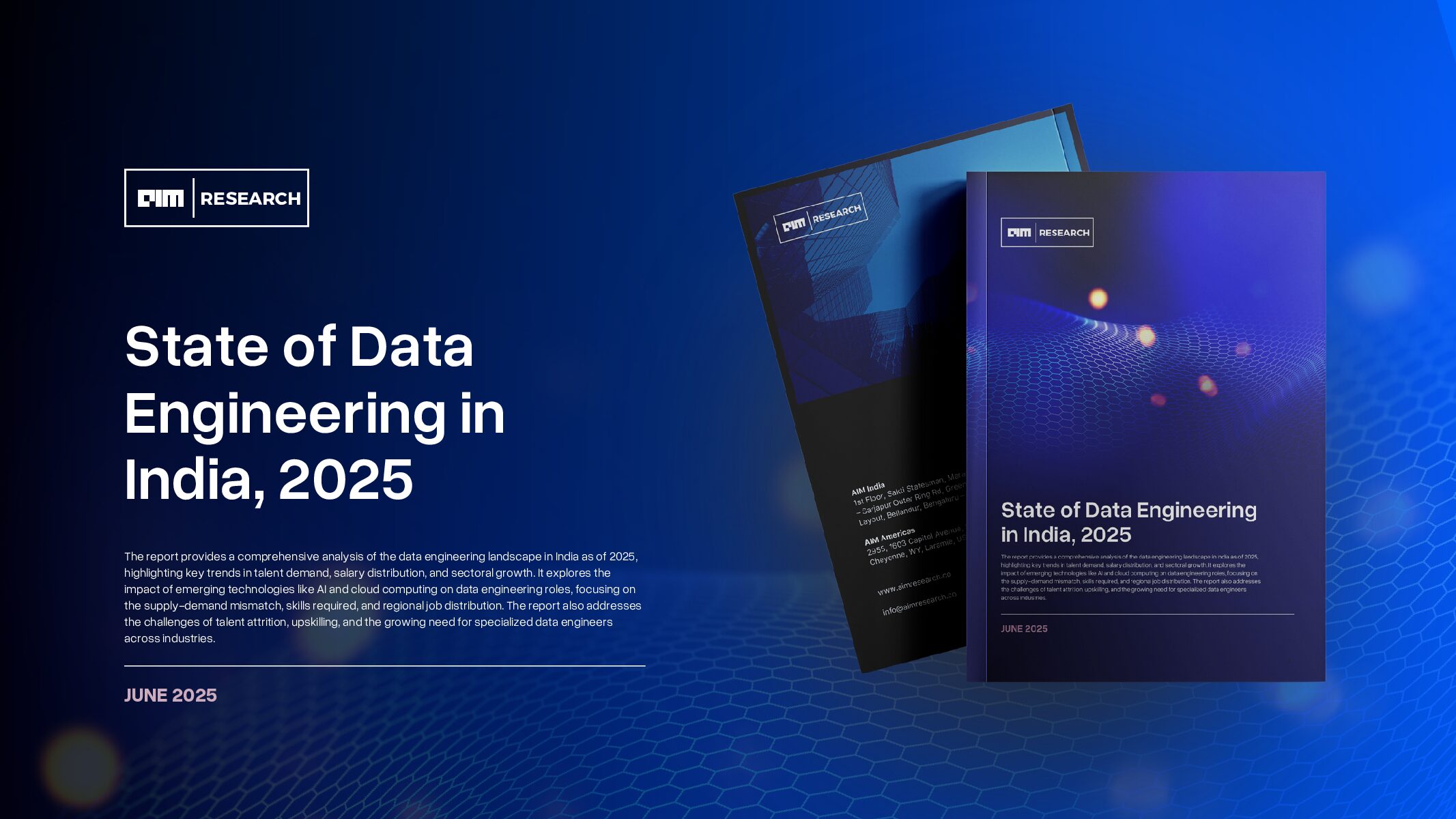For years, large language models (LLMs) have operated within a well-defined paradigm: autoregression. Each word or token is generated sequentially, one at a time, creating a fundamental bottleneck in speed and efficiency. This has led to increasing inference costs and latency issues as AI-generated text becomes more complex. Now, Inception Labs, a startup co-founded by Stanford professor Stefano Ermon and his colleagues Volodymyr Kuleshov and Aditya Grover, is introducing a different approach, diffusion large language models (dLLMs). Their first commercial-scale product, Mercury, aims to disrupt the status quo by offering significantly faster and more efficient text generation.
The Diffusion Model Shift
Traditional LLMs, including OpenAI’s GPT-4o and Anthropic’s Claude 3.5 Haiku, generate text in a left-to-right fashion, with each token dependent on those before it. While this sequential process allows for contextual depth, it also means that longer responses come with exponentially increasing computational costs. Companies optimizing these models have focused on test-time computation to improve reasoning, but this approach has created trade-offs in speed and usability.
Diffusion models, by contrast, operate differently. Rather than generating one token at a time, they use a “coarse-to-fine” approach, refining an initial rough estimate in parallel over a series of denoising steps. This method is widely used in AI-generated images, video, and audio—powering tools like OpenAI’s Sora, Midjourney, and Riffusion—but its application to text has been largely unsuccessful. Until now.
“Diffusion models start with a rough estimate of data and refine it all at once,” Ermon told TechCrunch. “With LLMs, you cannot generate the second word until you’ve generated the first one, and you cannot generate the third one until you generate the first two.” By leveraging diffusion’s unique structure, Mercury’s dLLMs aim to bypass these constraints and deliver responses more efficiently than their autoregressive counterparts.
Ermon hypothesized that generating and modifying large blocks of text in parallel was possible with diffusion models. After years of research, he and a student achieved a major breakthrough, which they detailed in a research paper published last year.
Mercury: High-Speed Language Generation
Mercury claims to be up to 10 times faster than the most speed-optimized LLMs. While traditional models max out at around 200 tokens per second, Mercury achieves over 1,000 tokens per second on commodity NVIDIA H100 GPUs—a speed previously only possible with custom hardware like Groq, Cerebras, or SambaNova. Compared to some frontier models running at less than 50 tokens per second, Mercury offers a 20x speedup.
The first Mercury release, Mercury Coder, is optimized for code generation and outperforms existing speed-optimized models such as GPT-4o Mini and Claude 3.5 Haiku on standard coding benchmarks. Despite its faster inference speed, Mercury Coder maintains a competitive level of quality, proving that diffusion-based models can hold their own against top-tier autoregressive LLMs.
A company spokesperson emphasized the impact of these improvements: “Our ‘small’ coding model is as good as [OpenAI’s] GPT-4o Mini while more than 10 times as fast. Our ‘mini’ model outperforms small open-source models like [Meta’s] Llama 3.1 8B and achieves more than 1,000 tokens per second.”
Addressing the Cost of AI
One of the biggest challenges in AI deployment today is the rising cost of inference. LLMs require substantial computational power, and the increasing complexity of reasoning traces has made cost reduction difficult. Mercury’s diffusion-based approach has the potential to make high-quality AI more accessible by dramatically lowering the price of inference.
“Our models leverage GPUs much more efficiently,” Ermon noted. “I think this is a big deal. This is going to change the way people build language models.”
Unlike other speed-focused AI solutions that rely on specialized chips, Mercury’s speed improvements come from algorithmic advancements rather than hardware dependence. This means that as GPU technology continues to advance, Mercury’s performance gains could further compound.
Enterprise Access and Adoption
Mercury is available to enterprise customers through both an API and on-premise deployments, allowing businesses to integrate dLLMs into their workflows without relying on cloud-based services. Inception Labs has already secured several Fortune 100 clients, though the company has not disclosed specific names.
“We are challenging the status quo for language generation,” a co-founder wrote on social media. “Our first results bring blazing fast language generation at 1000+ tokens/sec while matching the quality of leading speed-optimized frontier LLMs.”
Inception also supports model fine-tuning, making Mercury adaptable for various use cases, from research and customer support to large-scale enterprise applications.
Industry Reactions and Future Prospects
The launch of Mercury has drawn attention from industry leaders, including Andrew Ng, who tweeted the significance of diffusion’s entry into language models. “Transformers have dominated LLM text generation, and generate tokens sequentially. This is a cool attempt to explore diffusion models as an alternative, by generating the entire text at the same time using a coarse-to-fine process. Congrats @StefanoErmon & team!”
While diffusion models have long been dismissed as impractical for text, Mercury’s performance suggests that the field is entering a new phase. The question now is how well these models will scale and whether they can match the depth and complexity of traditional LLMs in more nuanced applications. If Mercury’s claims hold up in real-world applications, it may not be long before diffusion-based language models become a core part of AI development.























